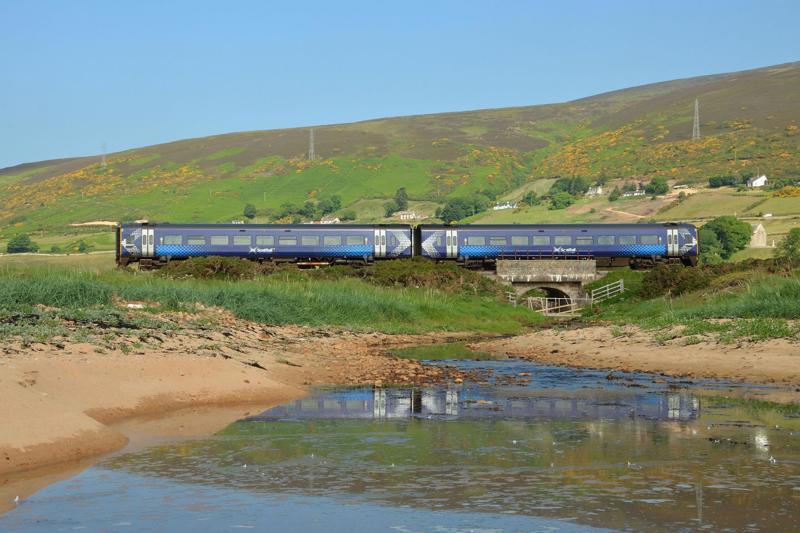The Far North and West Highland lines could be decarbonised through discontinuous electrification, Railway Industry Association (RIA) Scotland chair Campbell Braid told SNP conference delegates.
Transport Scotland is committed to decarbonising the rail network as part of a legally binding target for the country to reach net zero by 2045.
The Far North and West Highland lines could be decarbonised through discontinuous electrification, Railway Industry Association (RIA) Scotland chair Campbell Braid told SNP conference delegates.
Transport Scotland is committed to decarbonising the rail network as part of a legally binding target for the country to reach net zero by 2045.
Hydrogen and battery power have previously been floated as alternative traction options for rural lines in the Highlands.
Discussing alternative options to the current diesel fleet on ScotRail’s rural network, Braid, who is signalling programme director at Siemens, said: “Hydrogen has a place. I don’t think it’s readily available yet, but in ten years’ time, in my personal opinion, it will be.
 “I think we’ll end up with more discontinuous electrification - and where we think is places like the Far North and the West Highland Line, where that energy comes in terms of renewables and technology that can bite into the grid at less than 450kV, for example. Discontinuous electrification might be that interim measure, because I think it’s cheaper.”
“I think we’ll end up with more discontinuous electrification - and where we think is places like the Far North and the West Highland Line, where that energy comes in terms of renewables and technology that can bite into the grid at less than 450kV, for example. Discontinuous electrification might be that interim measure, because I think it’s cheaper.”
Transport Scotland’s Decarbonisation Action Plan, published in 2020, suggests electrification on the Far North Line as far as Tain by 2045, with “alternative traction” northwards to Thurso and Wick and westwards to Kyle of Lochalsh. Alternative traction is also suggested for much of the West Highland Line.
Owing to the age of the current Class 156 and 158 diesel multiple units in use on the lines, the plan suggests “the early introduction of an alternative traction technology as a permanent solution”.
Login to continue reading
Or register with RAIL to keep up-to-date with the latest news, insight and opinion.


















Login to comment
Comments
No comments have been made yet.